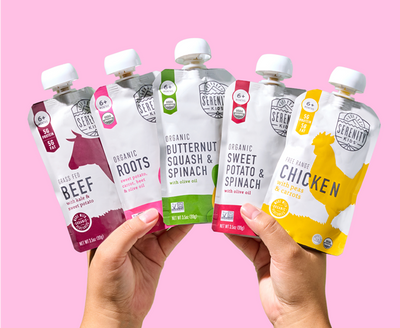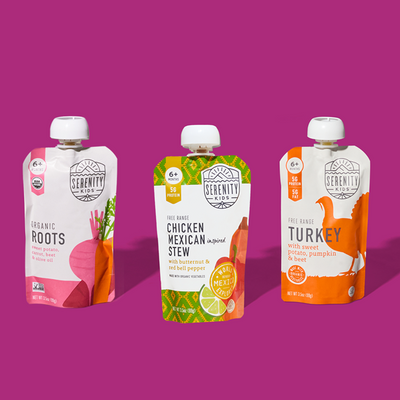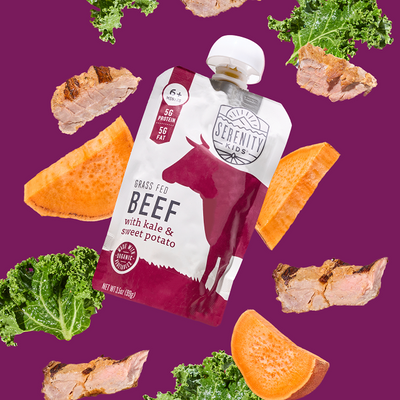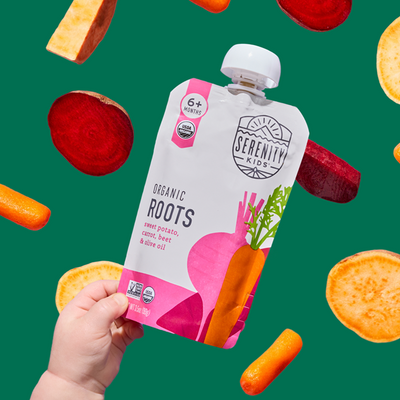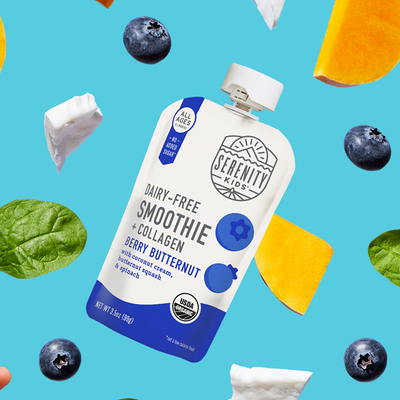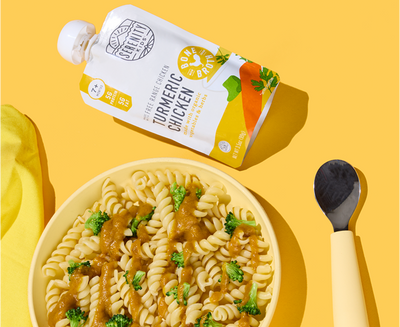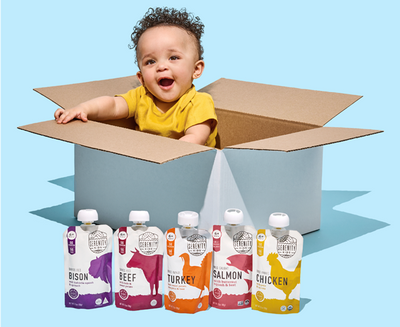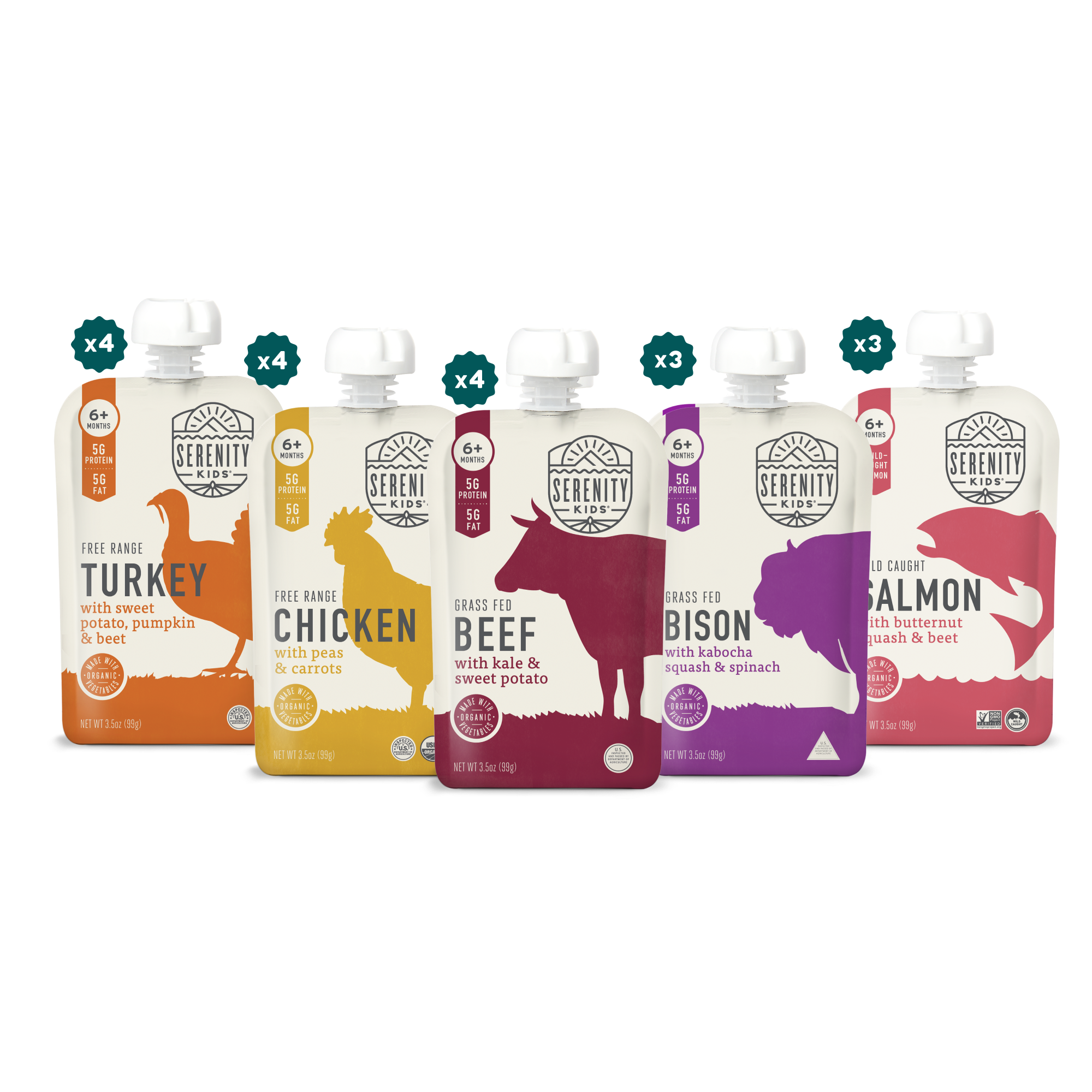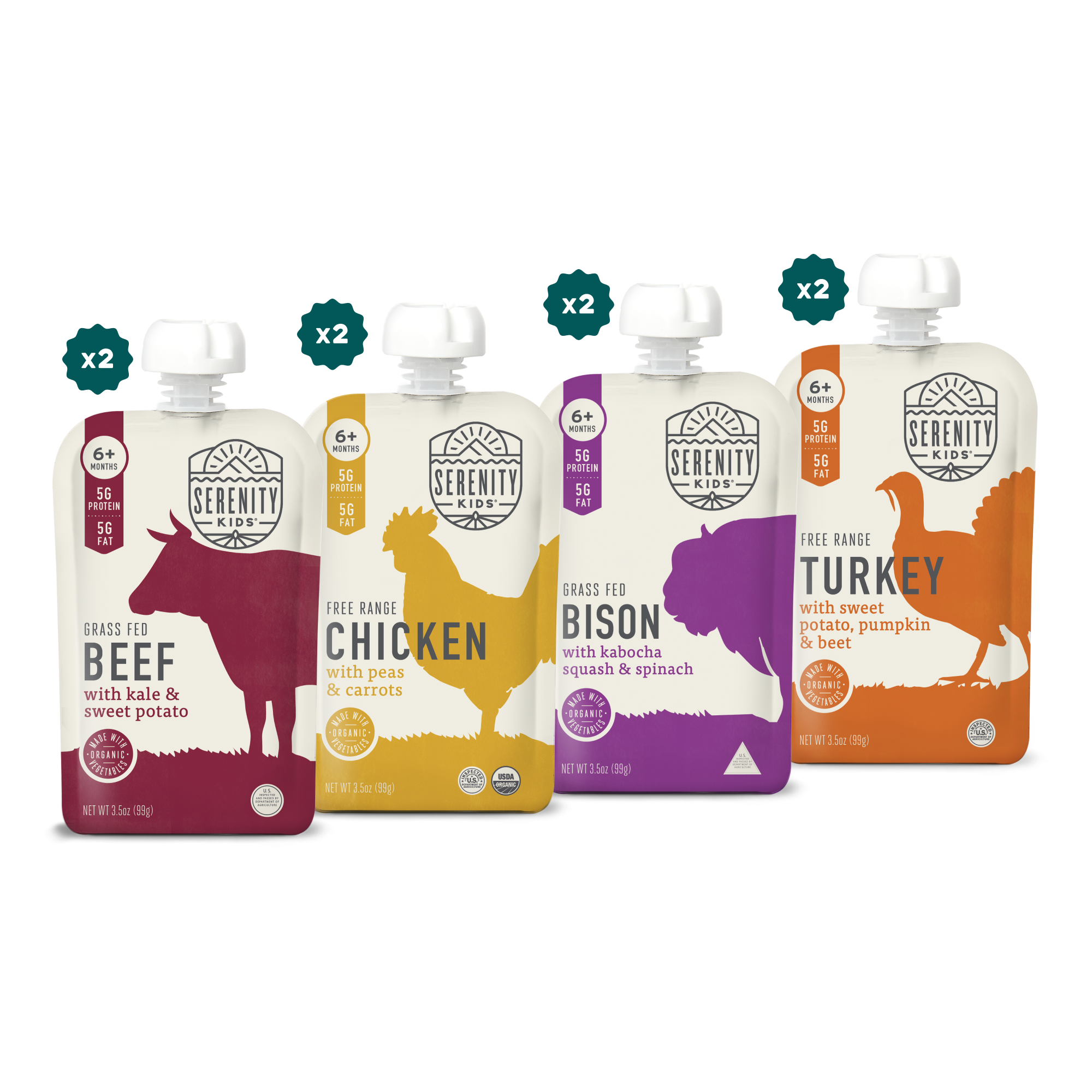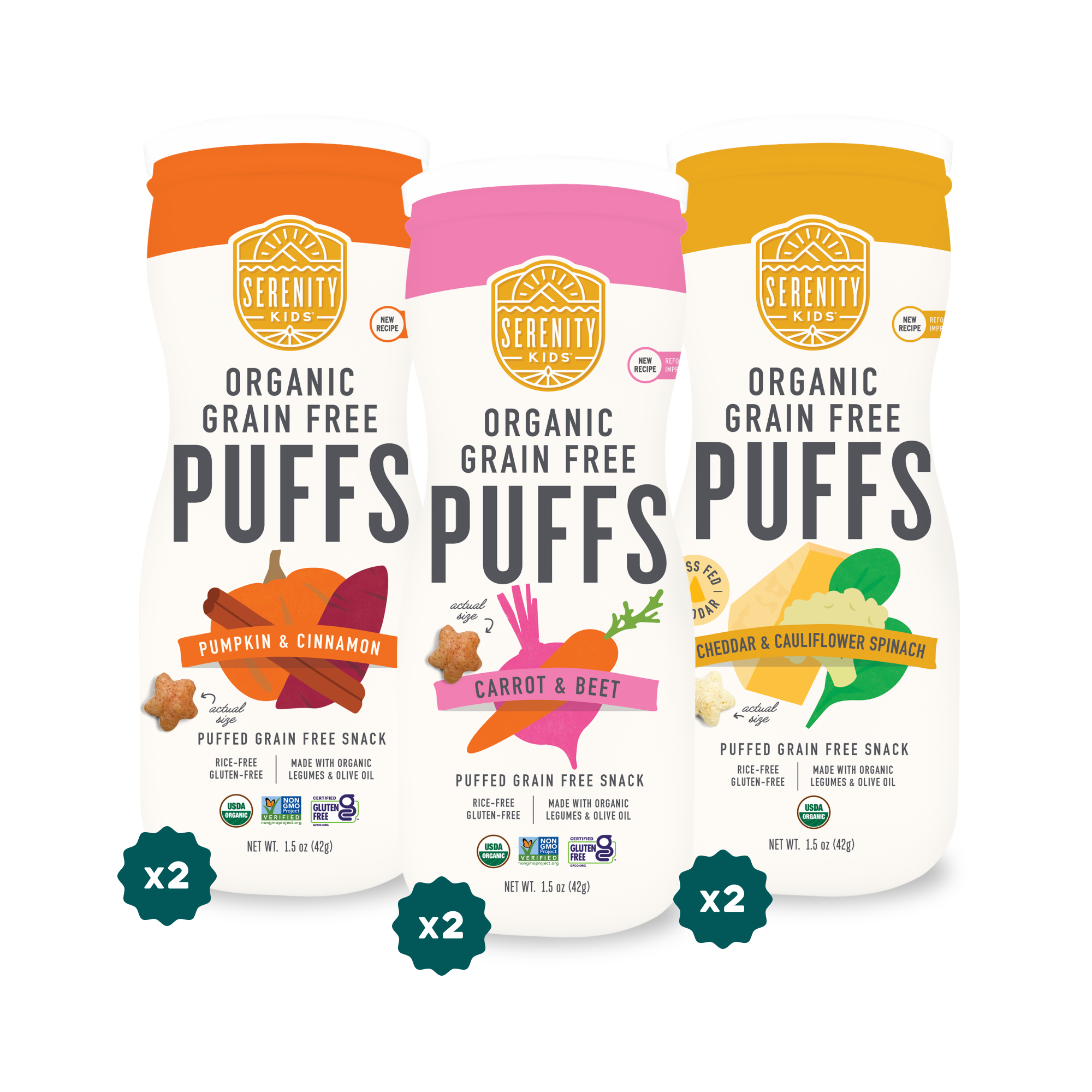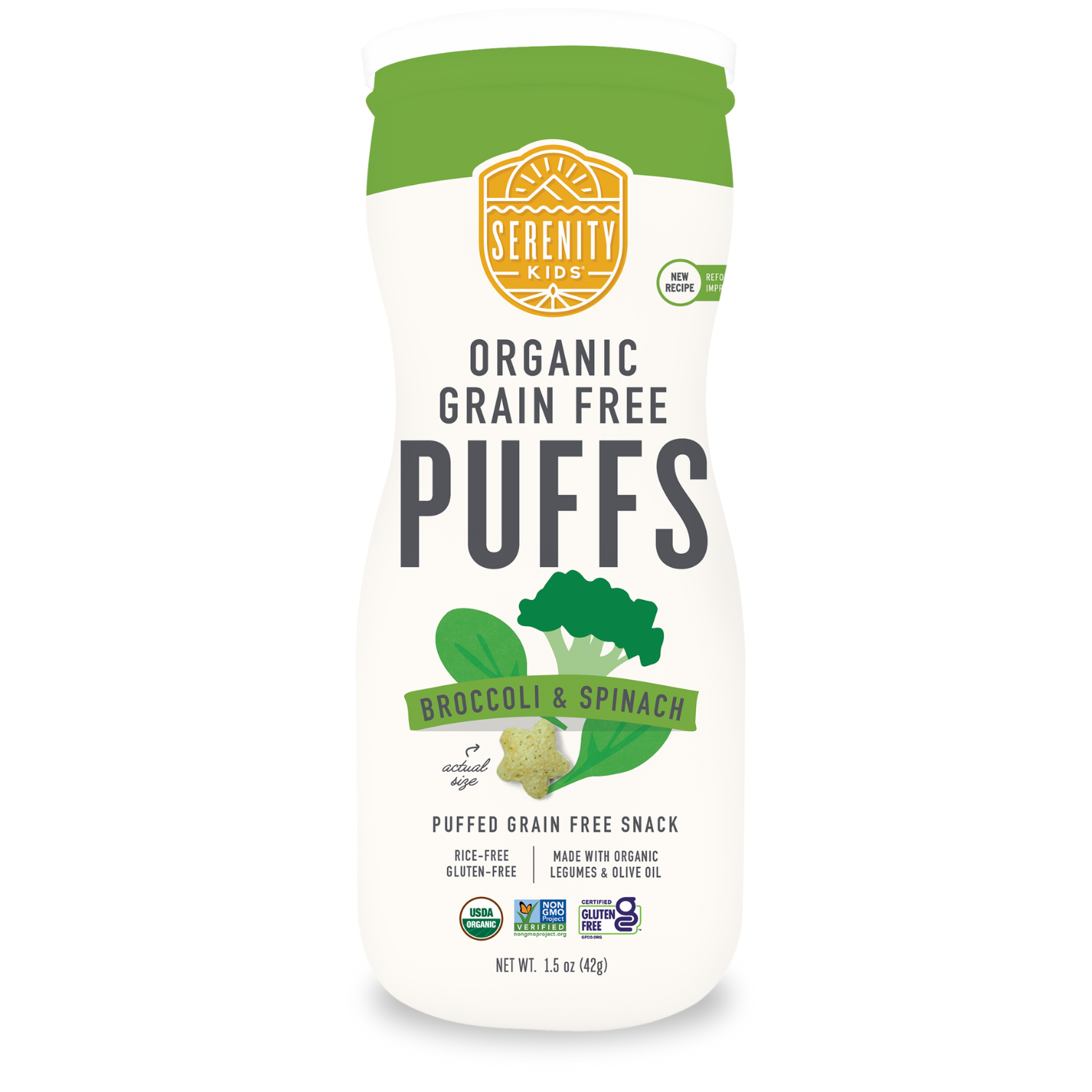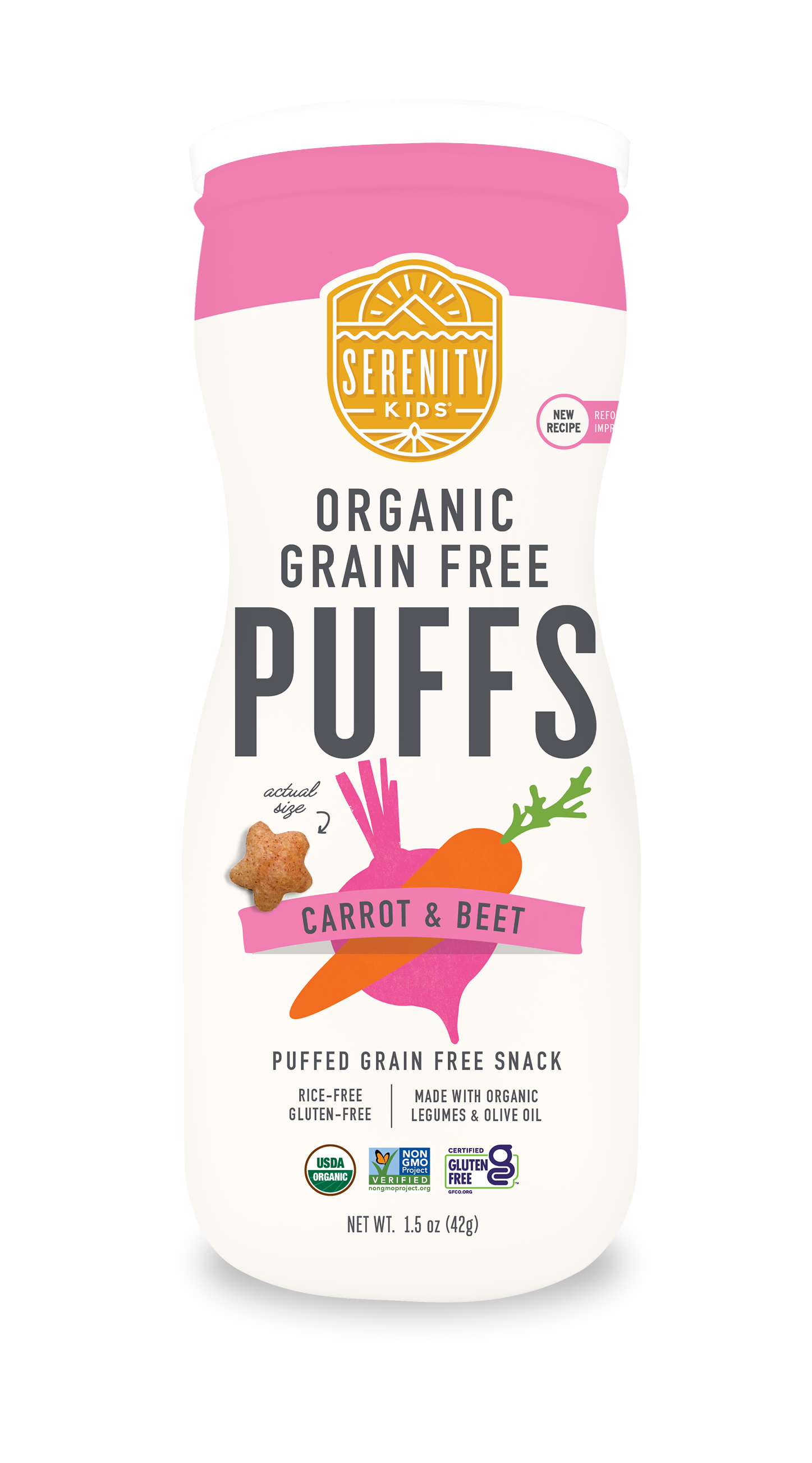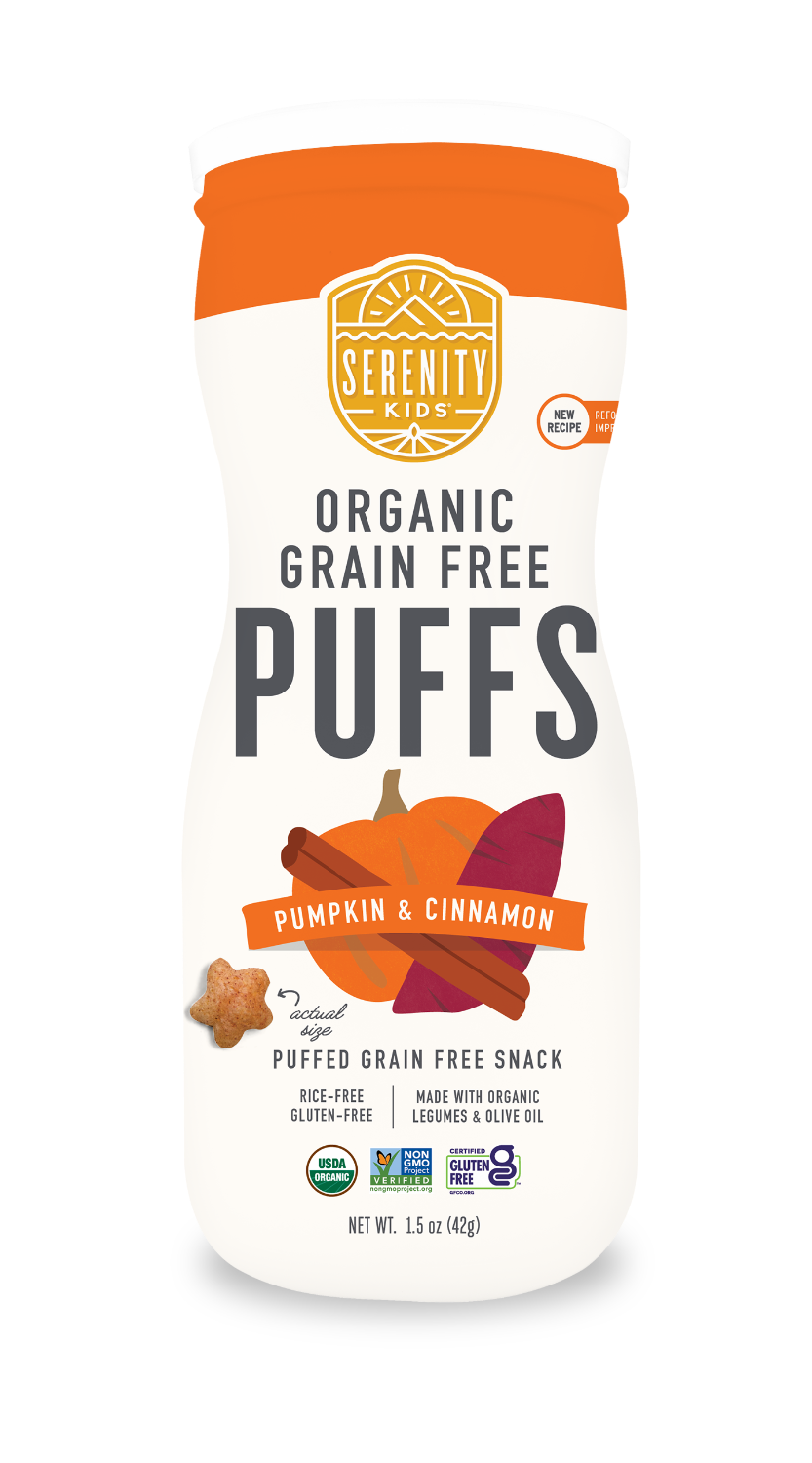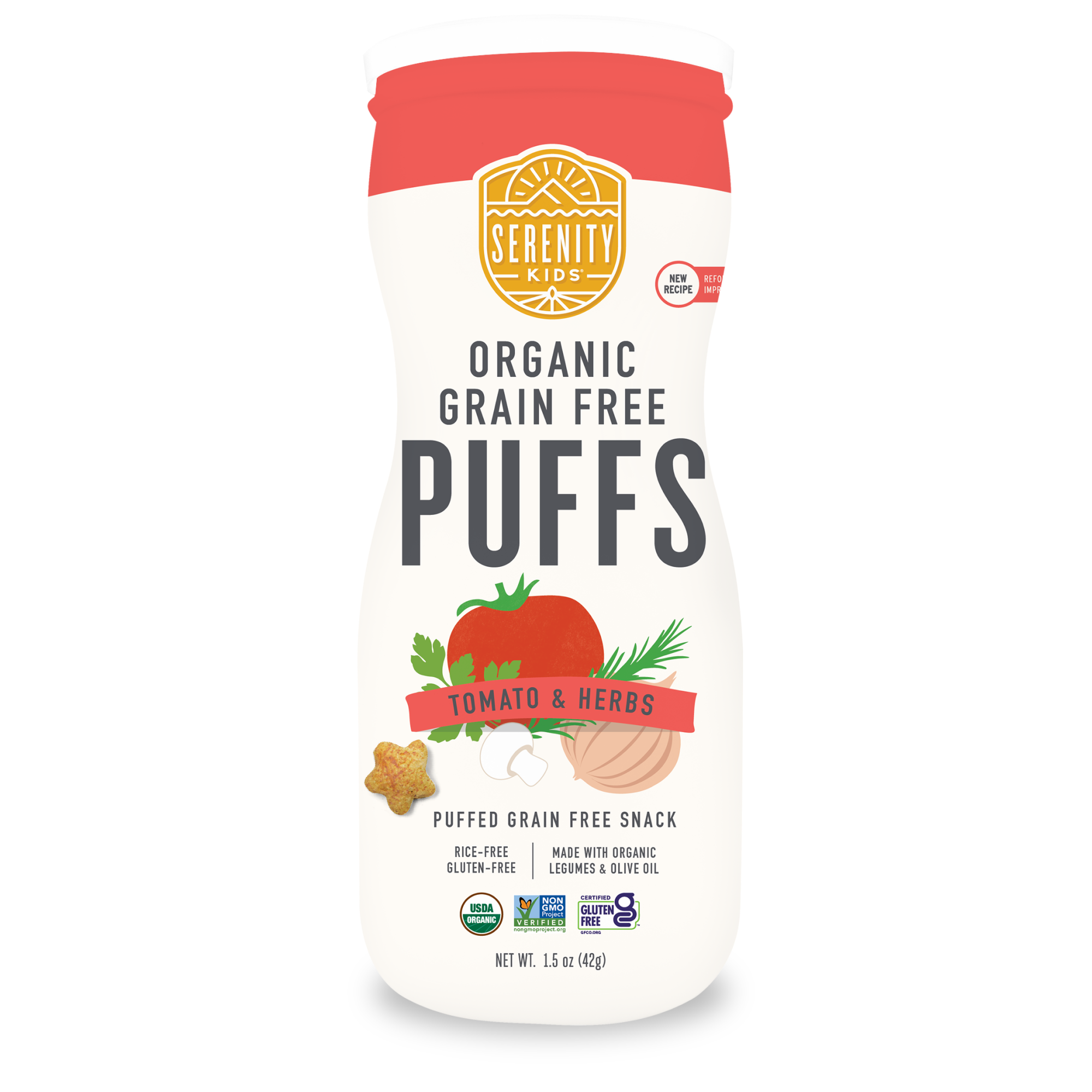Whether you're ready to stop breastfeeding completely or looking to reduce milk production after your baby starts solids, there are safe ways to dry up your breast milk without pain or complications. One of the biggest concerns during this process is mastitis, which is a painful inflammation or infection of the breast that often stems from clogged ducts or engorgement.
The good news? With a gradual and gentle approach, you can reduce your milk supply comfortably and lower your chances of infection. This guide offers step-by-step advice to help you navigate this change with confidence.
Why You May Need to Dry Up Breast Milk
There are many reasons why moms decide to stop breastfeeding or begin the weaning process. You may be returning to work, your baby might be transitioning to solids, or you may simply feel that it’s the right time for your body. Whatever the reason, it’s important to go slowly. A gradual approach not only protects your comfort but also helps prevent painful issues like engorgement or mastitis.
Some moms wean over weeks or even months, while others need to move more quickly. No matter your timeline, this guide can help you reduce your milk production in a way that’s manageable for both you and your baby.
The Risks of Abruptly Stopping Breastfeeding
Suddenly stopping breastfeeding can come with physical discomfort and potential complications. If your body is still producing a full milk supply, quitting cold turkey can lead to:
-
Breast engorgement
-
Plugged or blocked ducts
-
Risk of mastitis
-
Fever and inflammation
-
Emotional stress or hormonal fluctuations
To protect your health, try to reduce feedings and pumping sessions gradually. This gives your milk ducts time to adjust and helps your body regulate supply without getting overwhelmed.
How to Gradually Reduce Milk Supply
Decrease Feeding or Pumping Sessions Gradually
Start by dropping one feeding or pumping session every few days. For example, if you normally pump or breastfeed four times a day, move down to three, then two, and so on. Let your breasts adjust before removing another session. Slowing down gives your body time to naturally decrease milk production without becoming engorged.
Replace Breastfeeding with Formula or Solid Foods
If your baby is under 12 months old, you’ll need to supplement with formula to ensure they’re getting enough nutrients. If they’re over 6 months and already eating solids, you can gradually increase purees and finger foods. This is a great time to explore our nutrient-dense baby food.
For babies over 1 year, you can consider transitioning to Serenity Kids Toddler Formula made with A2 Whole Milk.
Use Cold Compresses for Comfort
Cold compresses can help reduce swelling and discomfort between feedings. Apply them for 10 to 15 minutes at a time. Some moms find that using chilled cabbage leaves can also provide relief.
How to Prevent Mastitis While Drying Up Milk
Avoid Engorgement
Engorgement can quickly lead to clogged ducts and mastitis. As you reduce sessions, pay attention to how your breasts feel. If they’re too full or painful, express a small amount of milk for relief—but not enough to signal your body to keep making milk.
Massage and Express Small Amounts of Milk if Needed
Gentle breast massage can help release pressure and keep milk flowing. You can also hand express or pump a little bit to prevent discomfort. Just be careful not to empty the breast completely, as this can encourage your body to continue producing milk.
Stay Hydrated and Rested
Drink plenty of water and try to rest when you can. Stress, fatigue, and dehydration can increase your risk of clogged ducts during the weaning process. Your body is going through hormonal changes, and self-care is essential.
When to Seek Help for Mastitis
Even with the best care, mastitis can sometimes develop. It’s important to know the signs so you can act quickly.
Pain, Redness, or Swelling in the Breast
If you notice a hot, red, swollen area on your breast accompanied by pain, it could be an early sign of mastitis. Don’t ignore it. Contact your provider or lactation consultant for guidance.
Flu-like Symptoms
Mastitis often comes with fever, chills, and body aches. If you feel like you’re coming down with the flu and your breast is tender or swollen, it’s time to get help. You may need antibiotics to treat the infection.
For more on recognizing and managing symptoms, read our post on recurrent clogged ducts.
Wrap-Up: Safely Drying Up Milk for Your Comfort
Drying up breast milk doesn’t have to be painful. With gradual steps, good hydration, and plenty of rest, you can make the process smoother and avoid complications like mastitis. Every mom’s body is different, so listen to what you need and take it one day at a time.
And when your little one is ready for solids, or you’re transitioning from breast milk or formula, Serenity Kids offers trusted, nutrient-dense options that support your baby’s growth. Consider adding our nutrient-dense pouches to your routine. And if your little one is over 1 year, our A2 Whole Milk Toddler Formula can offer added nutrition during transitions.
Explore more resources:
You’re making a thoughtful choice for your body and your baby. However your weaning journey looks, trust that you're doing what's right for both of you. And remember, there’s no one “perfect” way, only the path that fits you and your baby’s needs the best.

